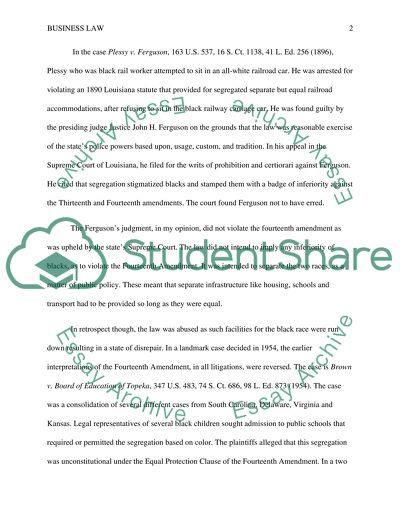Cite this document
(“Business Law Case Study Book Report/Review Example | Topics and Well Written Essays - 2750 words”, n.d.)
Business Law Case Study Book Report/Review Example | Topics and Well Written Essays - 2750 words. Retrieved from https://studentshare.org/law/1701789-business-law-case-study
Business Law Case Study Book Report/Review Example | Topics and Well Written Essays - 2750 words. Retrieved from https://studentshare.org/law/1701789-business-law-case-study
(Business Law Case Study Book Report/Review Example | Topics and Well Written Essays - 2750 Words)
Business Law Case Study Book Report/Review Example | Topics and Well Written Essays - 2750 Words. https://studentshare.org/law/1701789-business-law-case-study.
Business Law Case Study Book Report/Review Example | Topics and Well Written Essays - 2750 Words. https://studentshare.org/law/1701789-business-law-case-study.
“Business Law Case Study Book Report/Review Example | Topics and Well Written Essays - 2750 Words”, n.d. https://studentshare.org/law/1701789-business-law-case-study.


